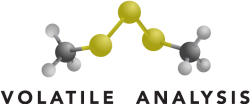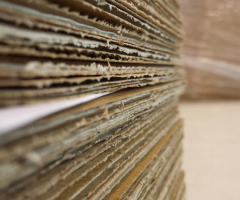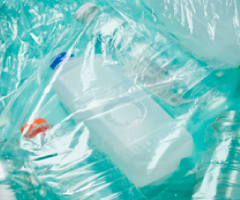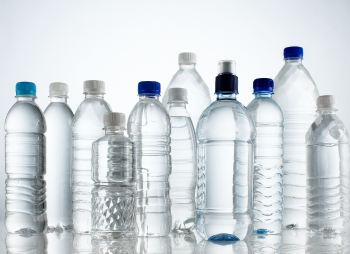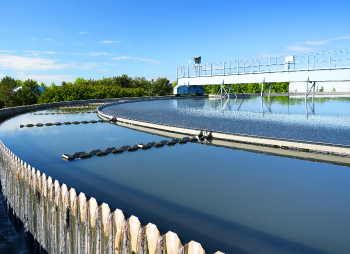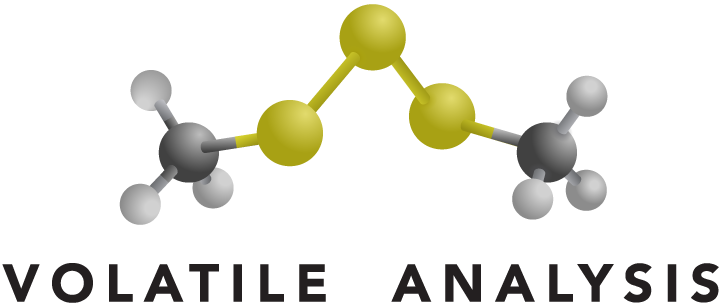
Analytical Testing Lab
Laboratory Services
VAC provides standard analytical testing laboratory services through our online demand offering. The laboratories also support custom off-odor project resolution and other undertakings executed by our uniquely skilled staff. Our analytical laboratories are equipped with state of the art equipment and internally VAC continues to develop and deploy unique inventions. This capability helps accomplish problem solving for our customers in situations that require out of the box thinking.
Applicable Industries
Applications of Service
Below you will find many different services that help your organization build new products, solve chemical problems, and implement protocols to help prevent recalls and product rejections related to odor and aroma. While many of our areas of services are outlined, if you do not see a description of the service you are looking for, contact us today about your custom need.
Aroma Profile Support
VAC specializes in measuring aroma profiles. Understanding what aromas are released from your product is critical for QA, marketing, sensory, and others. VAC utilizes specialized techniques to create an aromagram that displays the unique aroma signature of your product. Aromagrams list individual aromas (description, intensity) that combine to provide your product’s overall aroma bouquet.
Odor Analysis GC-MS/O
Our signature service, evaluating a sample for aroma and odor, is accomplished by using a combination of GC-MS and an olfactory port (technique collectively referred to as gas chromatography-mass spectrometry/olfactometry or GCMS/O) where the olfactometry and mass spec is aligned together to present both the aroma characterization of a sample (descriptor/ intensity) along with chemicals responsible for the aromas. When a sample is analyzed by GCMS/O the GC effluent is separated based upon desired parameters (how much to sniff port or ODP, and how much to the mass selective detector or MSD).
This technique is utilized to assist with off-odor projects, aroma profiles, aroma/odor baselines for quality, and to help give a more detailed overall chemical profile. To Read More about our Odor Analysis GC-MS/O service click HERE.
Gas Chromatography Mass Spectrometry GC-MS
GC-MS services are available through our online offering. For more complex problems that require unique extraction methods, increased chemical concentration, and research to understand the best methods to accomplish a successful experiment using GC-MS, Volatile Analysis’ team can provide custom GC-MS services.
Gas Chromatography Olfactometry GC/O
Olfactometry (O) is a technique focused on the aroma portion of a GC-MS/O analysis without chemical identification. When separating sample chemicals by gas chromatography, the split effluent is sniffed through an olfactory detector port. Odor retention time, description, and intensity are recorded.
Quantitative Chemical Analysis
Quantitative chemical analysis is useful for many purposes. Measurements of the amount of chemicals in a sample, or measurement of the chemicals released into the headspace of a sample are considered quantitative analysis. There exist different levels of quantification. Detection limits, noise, and the ability to separate and measure a given chemical all contribute to the complexity of a quantification project.
Selected Ion Monitoring or SIM Analysis
Selected ion monitoring (SIM) allows for measuring unique m/z species to enhance detection and measurement by decreasing noise. SIM analysis is particularly useful when dealing with trace levels and dirty samples.
Chemical Profiles
Volatile characterization refers to the identification of volatile chemicals that originated from a sample (packaging, beverage, food, etc.) and, when useful, measurement of corresponding aroma activity of the volatile chemicals. To quickly screen chemicals for their aroma activity, we utilize gas chromatography-mass spectrometry/ olfactometry (GC-MS/O). When measuring aroma activity, key aroma impact compounds are identified (their odor is described, intensity rated, and retention time recorded). This data is particularly important in QA and product development. We utilize a time intensity GC-MS/O method that also employs voice recognition software. Aroma intensity (on a 1-4 point scale with 1 = faint and 4 = strong) is plotted vs. time of perception, along with the aroma descriptor. Coupled with chemical identification obtained from gas chromatography-mass spectrometry, this presents a powerful tool. Volatile Analysis scientists are experts with sensory assessment, sample preparation, and instrumental analysis including GC-MS and GC-MS/O. Volatile characterizations are routine analyses that identify and measure volatile chemical components of a particular product. Characterizations can be used for further development and/or as a quality tool in mitigating potential problems prior to distribution into the marketplace.
Known Chemical Measurment
If the identity of the chemical of interest is known, we may be able to utilize GC-MS MS analysis (triple quad) to detect and measure the analyte by effectively decreasing noise to near zero. Triple quad analysis utilizes two fragmentations, or a parent and duaghter ion in a manner known as multireaction mode or MRM analysis. This is particularly useful with dirty or complex samples and allows for better confirmation of having the “right” chemical.
Competitor Product Comparison Testing
Whether the goal is to understand how well your product masks an odor compared to a competitor’s, or how well it releases various aroma chemicals compared to a competitor’s, VAC understands how to design and execute this type of project. If consumer validation is needed we can manage consumer sensory panels integrated with chemical quantification to get the best supporting data of your claims. For more information about this service click HERE.
Odor Baseline Establishment
Odor (Aroma) baselines can be a very valuable tool in quality controls and also in quick odor mitigation when a problem arises. VAC helps organizations develop “odor” baselines based upon statistical confirmation of primary odorous chemical acceptability ranges in each of your products.
Such odor baselines are established by evaluating multiple data points to ensure the complexity of your production processes are considered. These can include comparing and contrasting product aroma consistency based upon the manufacturing facility, the number of production lines, and any other individual nuances that must be considered to establish the “baseline” that will be utilized as your product’s odor profile.
Odor (Aroma) baselines can be a very valuable tool in quality controls and also in quick odor mitigation when a problem arises. VAC helps organizations develop “odor” baselines based upon statistical confirmation of primary odorous chemical acceptability ranges in each of your products.
Such odor baselines are established by evaluating multiple data points to ensure the complexity of your production processes are considered. These can include comparing and contrasting product aroma consistency based upon the manufacturing facility, the number of production lines, and any other individual nuances that must be considered to establish the “baseline” that will be utilized as your product’s odor profile.
Microbiology correlation with chemical quantification
This is a highly specialized area of chemistry. VAC has acquired top scientists in solving these types of problems to be ready when your company needs them. Whether you want to wait until an emergency exists or you desire to understand how microbiology is directly correlating with your products today, VAC can help. We can come alongside your internal analytical team and bring top talent to bear on these occasional types of issues keeping your costs down. To find out more about our abilities in this area click HERE.
